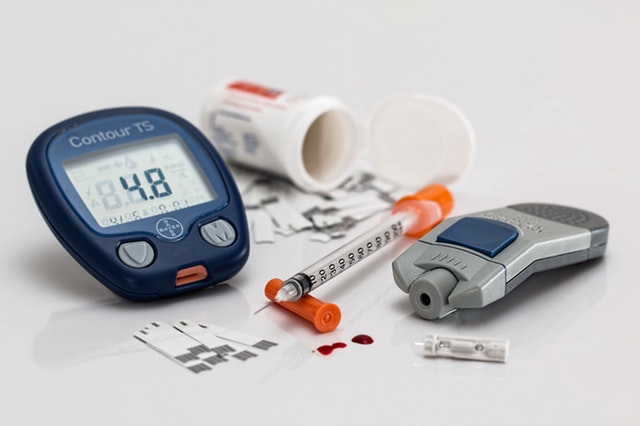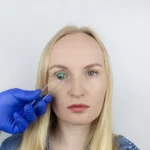
Image Credit: Pexels
A diagnosis of diabetes can seem daunting at first; but people can live with diabetes on a day-to-day basis, as long as they know how to manage the condition. Diabetes occurs because there is an imbalance of, or resistance to, insulin in the body.
It’s this insulin that regulates how the body uses blood sugar to produce energy. Problems with insulin levels have an adverse effect on this process; meaning that the body does not use the glucose sugar in the blood as effectively as it should, leading to diabetes.
There are two main types of diabetes, as well as gestational diabetes which occurs during pregnancy. There are some key differences between Type 1 and Type 2 diabetes.
While there is no known cure for either type, there are ways to control the condition. In the case of type II diabetes, it’s also possible for a person to go into remission for several years.
Dealing with type 1 diabetes
Type 1 diabetes is normally diagnosed during childhood or adolescence. It happens when the body decides that it needs to attack beta cells in the pancreas.
It’s not known exactly why the body decides to do this. These beta cells produce insulin; so the attacks reduce the amount of insulin that is present in the body.
Treatment for type 1 diabetes
In order to address the low levels of insulin, type 1 diabetes is treated using a series of processes.
- Injecting insulin into the body, or using an insulin pump.
- Using diabetic testing supplies to monitor blood sugar levels several times each day.
- Exercising regularly.
- Eating a healthy diet.
- Attending the doctor for regular check-ups.
As long as the treatment routine is adhered to, people who have type 1 diabetes can keep it under control. It’s also possible for patients to experience a ‘honeymoon period’ where the remaining beta cells in the pancreas begin to work harder.
During this period, medical monitoring is required to determine what level of insulin intake is required, if any.
Dealing with type II diabetes
Type II diabetes happens when the body develops a decreased sensitivity to insulin. This means that it does not produce or use insulin as it should.
This type of diabetes usually develops in adulthood; often later in life. It’s possible for type II diabetes to go into remission. This does not mean that the condition has gone; there are just no signs of it being there.
The reason why remission happens more readily for this type of diabetes is that it’s a disease that is caused by external factors and not an autoimmune disease like type 1 diabetes.
The diet and weight of an individual can both be important factors in developing this condition. This is why they are both addressed as part of the treatment.
Treatment for type 2 diabetes
It’s not always necessary for someone who has been diagnosed with type II diabetes to take medication. There are several different aspects that can be included in successful treatment.
- Regular moderate exercise, such as brisk walking or swimming.
- A healthy diet that is low in sugar and carbohydrates and high in protein.
- Regular intake of supplements such as Berberine for diabetes.
- Glucose controlling drugs if necessary.
Adhering to these treatment guidelines gives a person a good chance of going into remission.
Once you have a diagnosis of diabetes, it cannot be cured. But, it can be controlled with the right treatment and, in some cases, it can go into remission. This means that the condition is still present but there are no signs of its existence.
About The Author:
Jesse Hughes has carved out its niche in the Fitness and Health world with a dynamic, exuberant style, unfettered by fleeting trends and underpinned by a unique creativity. Jesse believes that being healthy is a lifestyle. He offers everyday health and wellness advice. He believes that great looks is not just about what people see physically, but having a glow that radiates from within reflecting the health of the body




